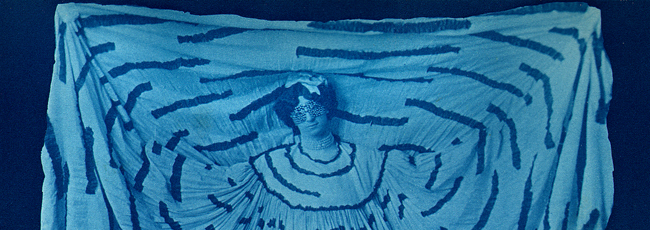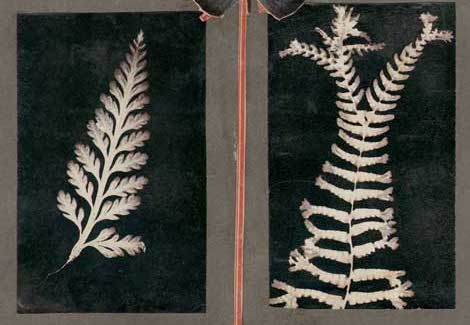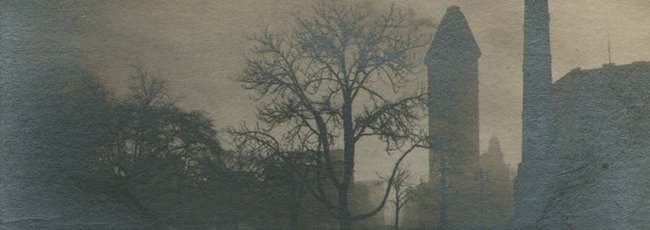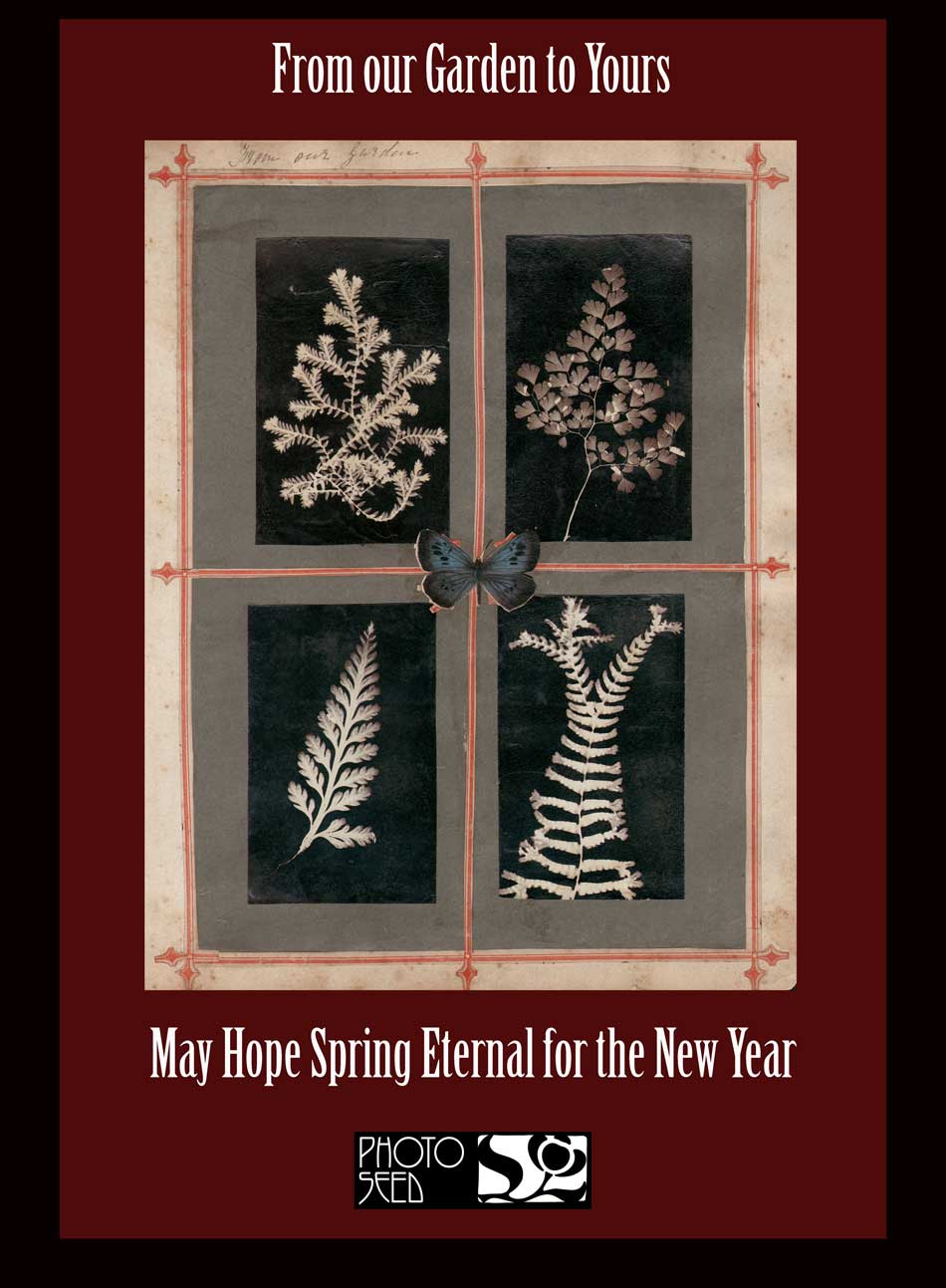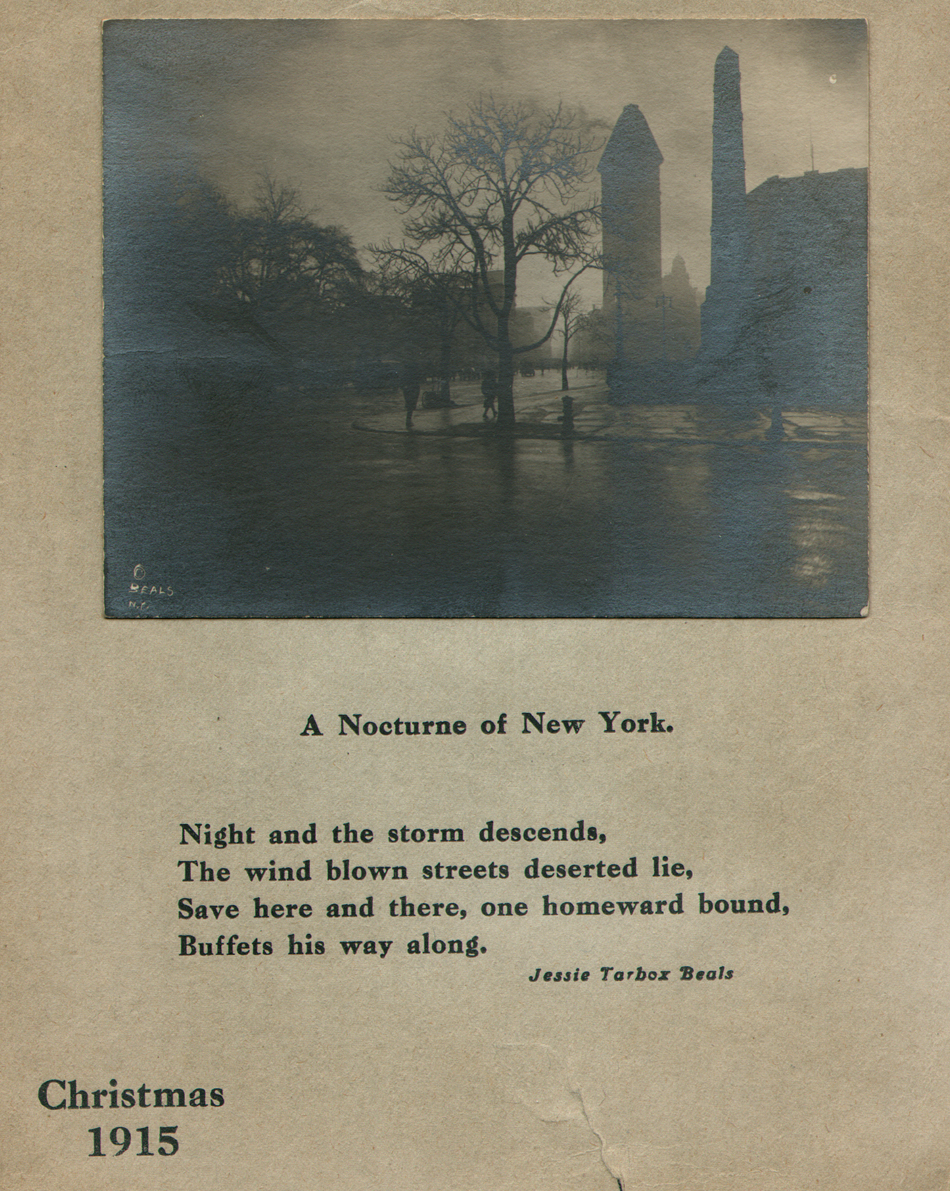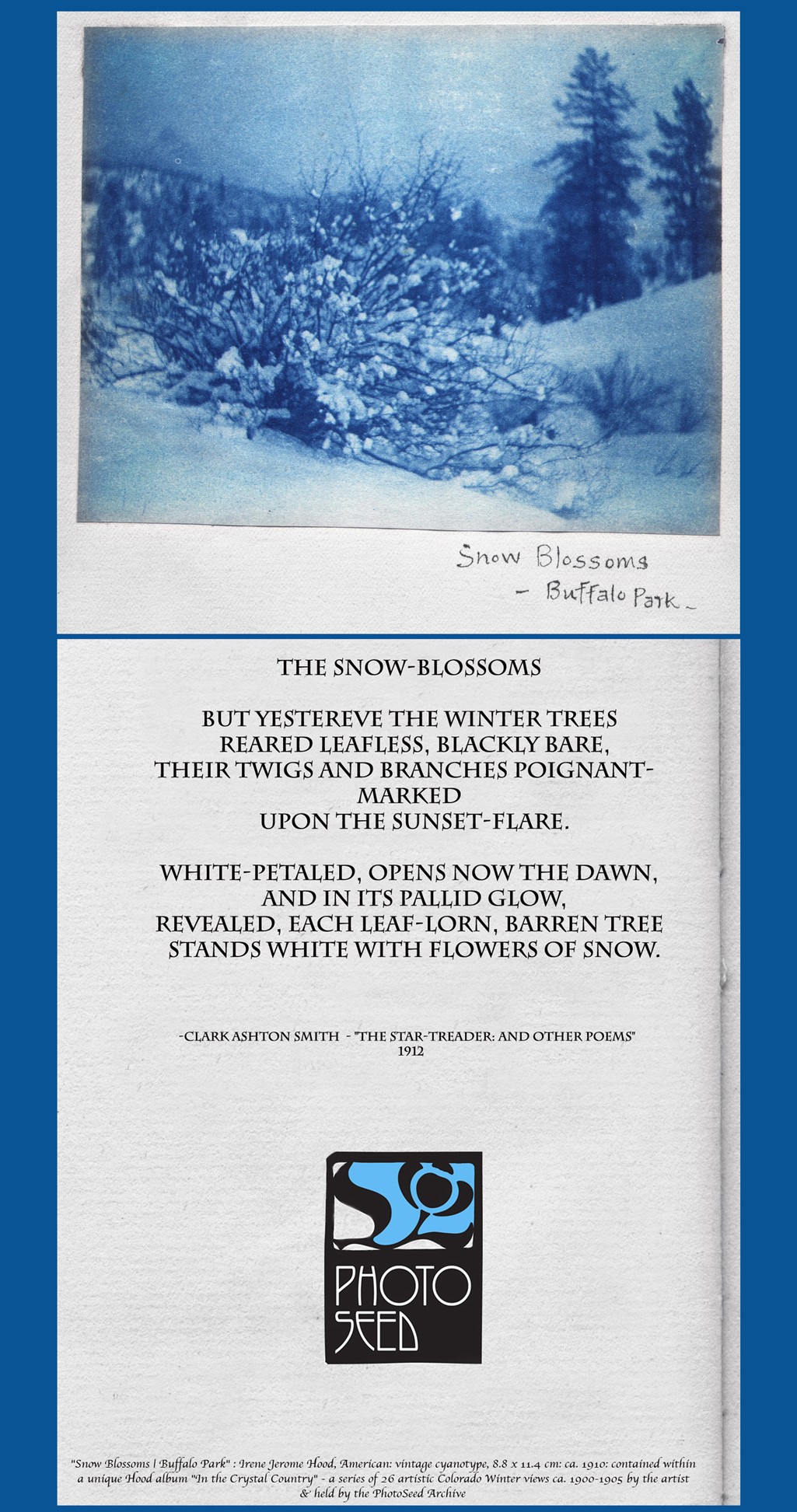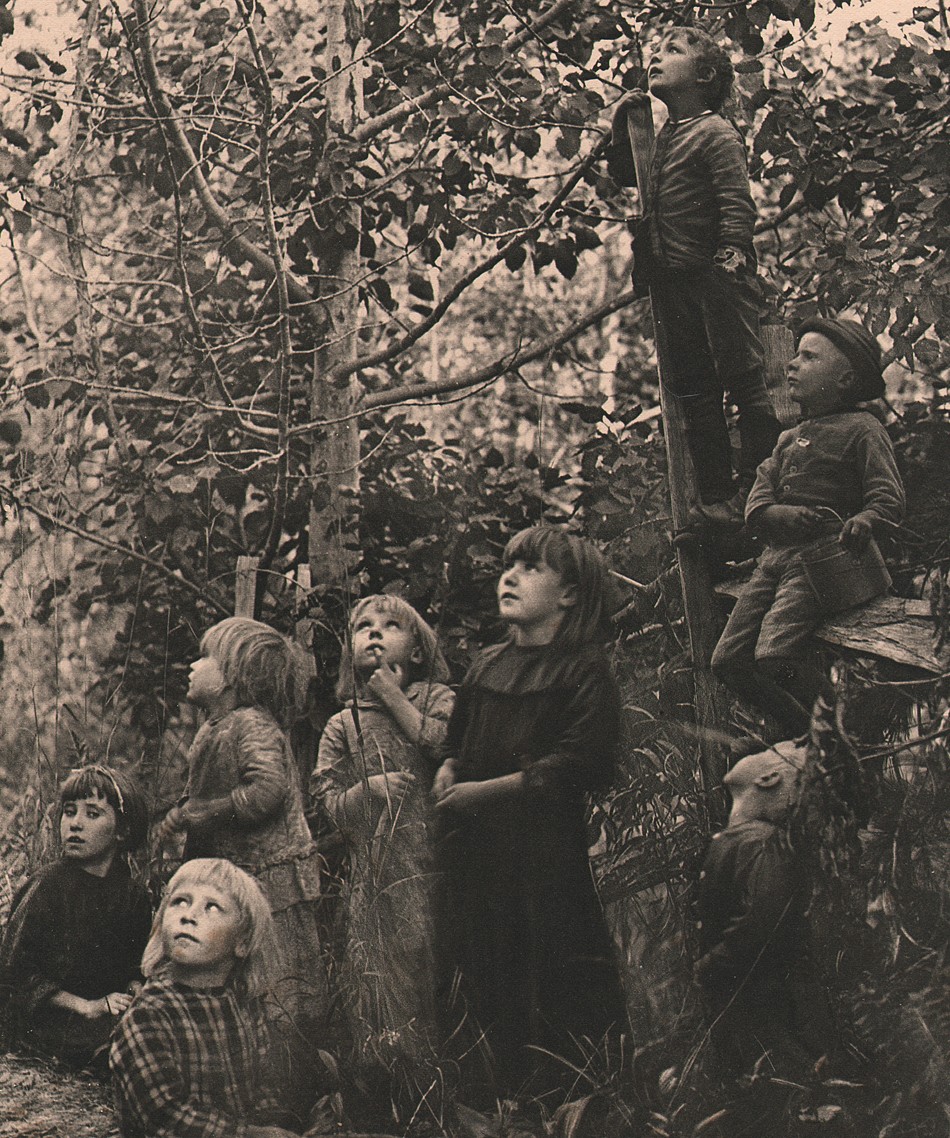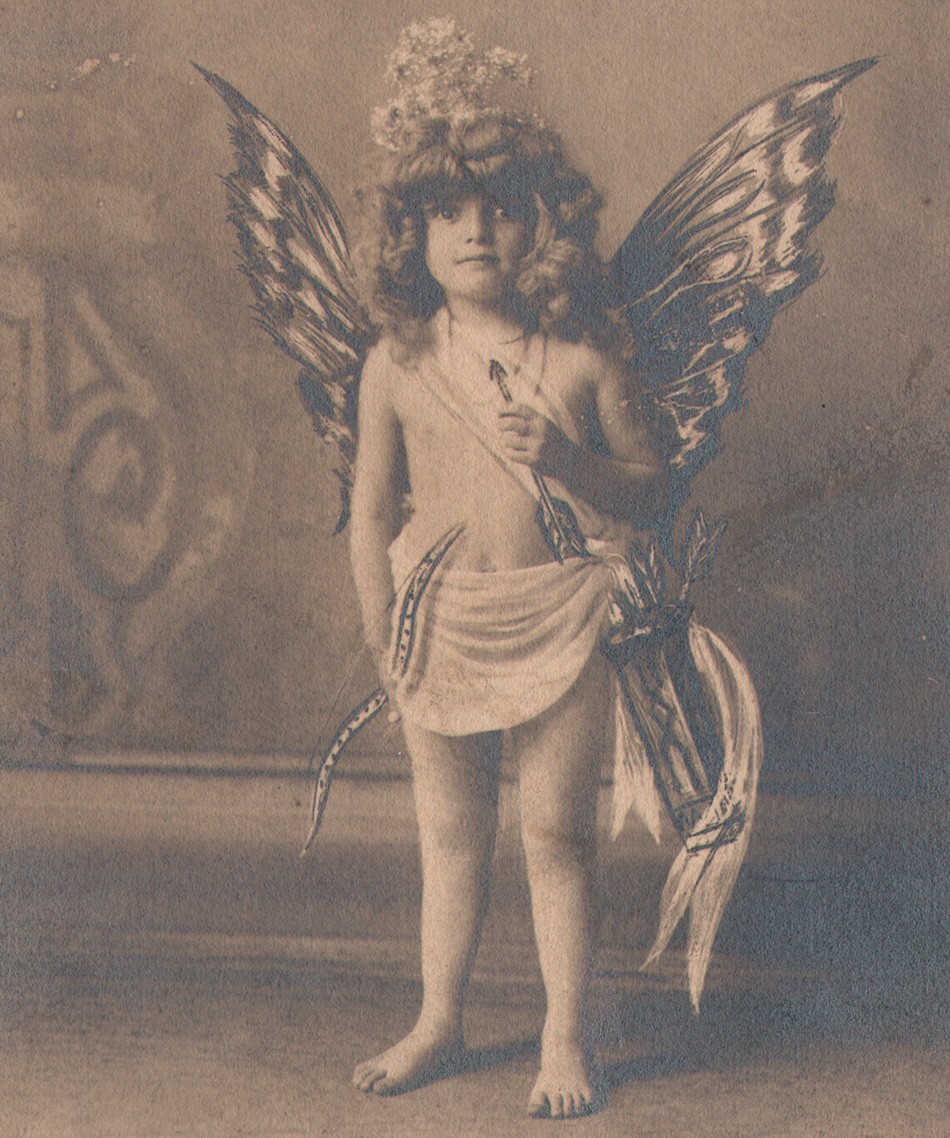
“Huntress” | Harry Hemphill | Drapery Dancer: Unknown American photographer, 1908. Cyanotype postcard: 8.7 x 13.8 cm. Chariton, Iowa native Harry Hemphill, 1876-1954, the son of a blacksmith and a dress-maker, made his living as a major Vaudeville star from 1894 to the end of 1917. He made all his own costumes, and traveled across the country with his own rail car filled with props and scenery: even spending nearly a year performing in top venues in Australia and New Zealand. From: PhotoSeed Archive
Welcome to the newly redesigned PhotoSeed website, version 2.0. It has been several years in the making, with the reality that the first version became technically obsolete, no matter the myriad work arounds and, dare I say, gaffer tape employed to keep it functioning.
Back end engineer Tyler Craft and designer Jay David, the same talent behind the first generation 2011 PhotoSeed website that won a 2012 Webby award for the Art category, have rejoined forces and rebuilt PhotoSeed from the ground up. The result: simplified, stripped down, and better user function. However, for a website devoted to Photography, what we like most of all, in our humble opinion, is that the site itself is a work of art.
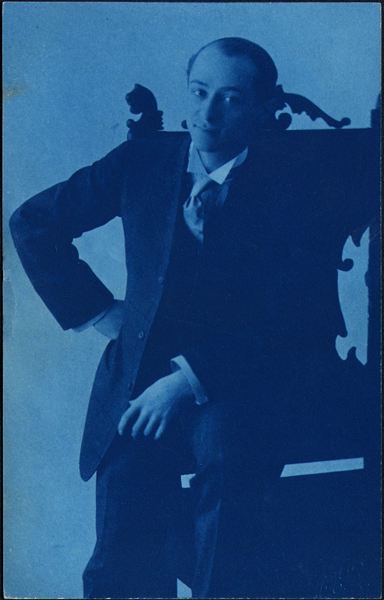
“Huntress” | Harry Hemphill | Drapery Dancer wearing Suit: Unknown American photographer, 1908. Cyanotype postcard: 13.8 x 8.7 cm. Chariton, Iowa native Harry Hemphill, 1876-1954, the son of a blacksmith and a dress-maker, made his living as a major Vaudeville star from 1894 to the end of 1917. He made all his own costumes, and traveled across the country with his own rail car filled with props and scenery: even spending nearly a year performing in top venues in Australia and New Zealand. From: PhotoSeed Archive
Changes ⎯ like how gender-bending Iowa Vaudevillian Harry Hemphill, above, did to transform himself into the drapery dancer with the stage name “Huntress”—are not just literal constructs but unique examples of photographic evidence collected by this archive to showcase and keep you coming back for more. In keeping with the continuing purpose of establishing a more concise historical record for known and unknown photographers working in the era of artistic photography (roughly 1890-1930), PhotoSeed hopes to continue a world-wide discussion and re-evaluation of this material. We look forward to your input, suggestions and criticisms for the purpose of improving the site for all who visit.
⎯David Spencer- Massachusetts, May, 2024
